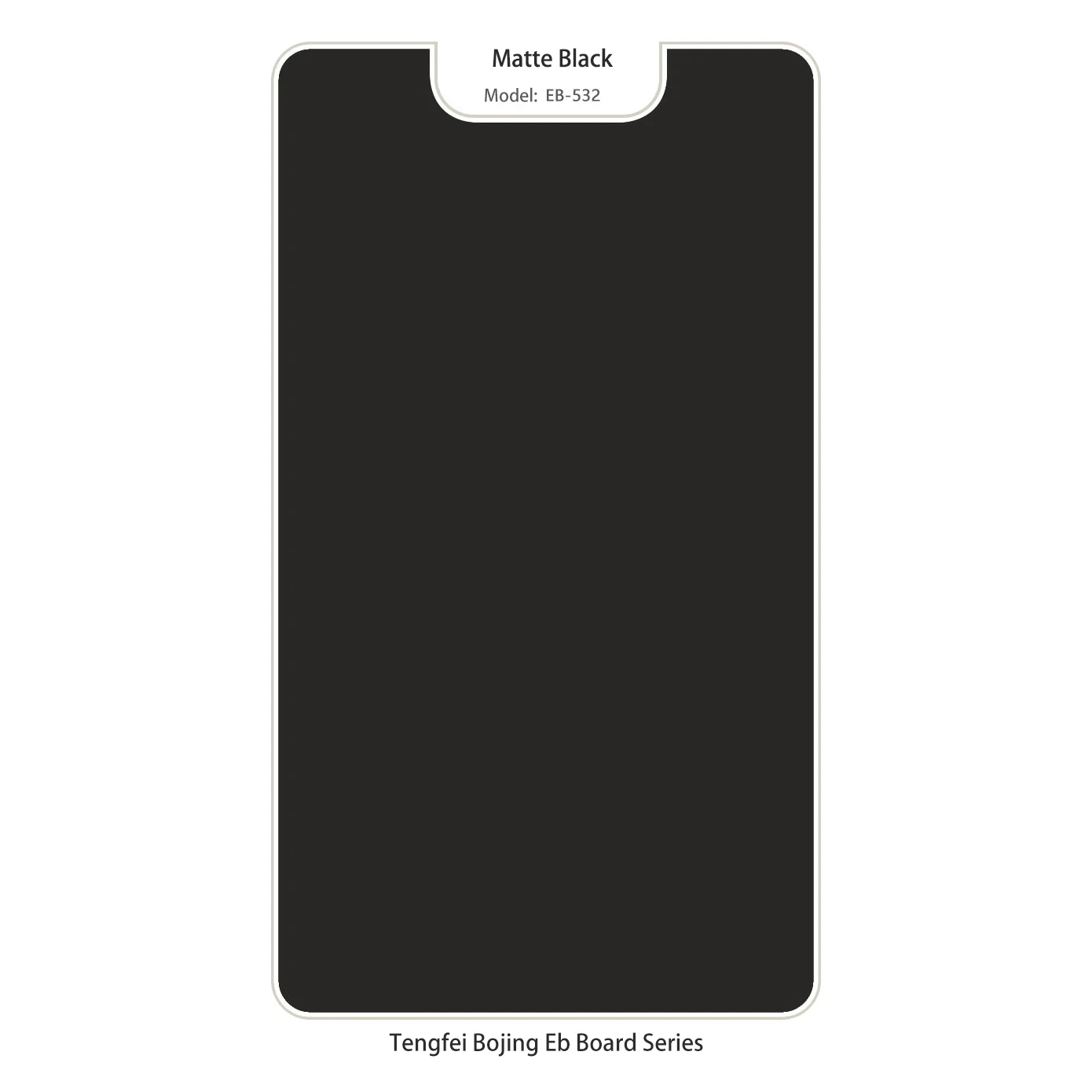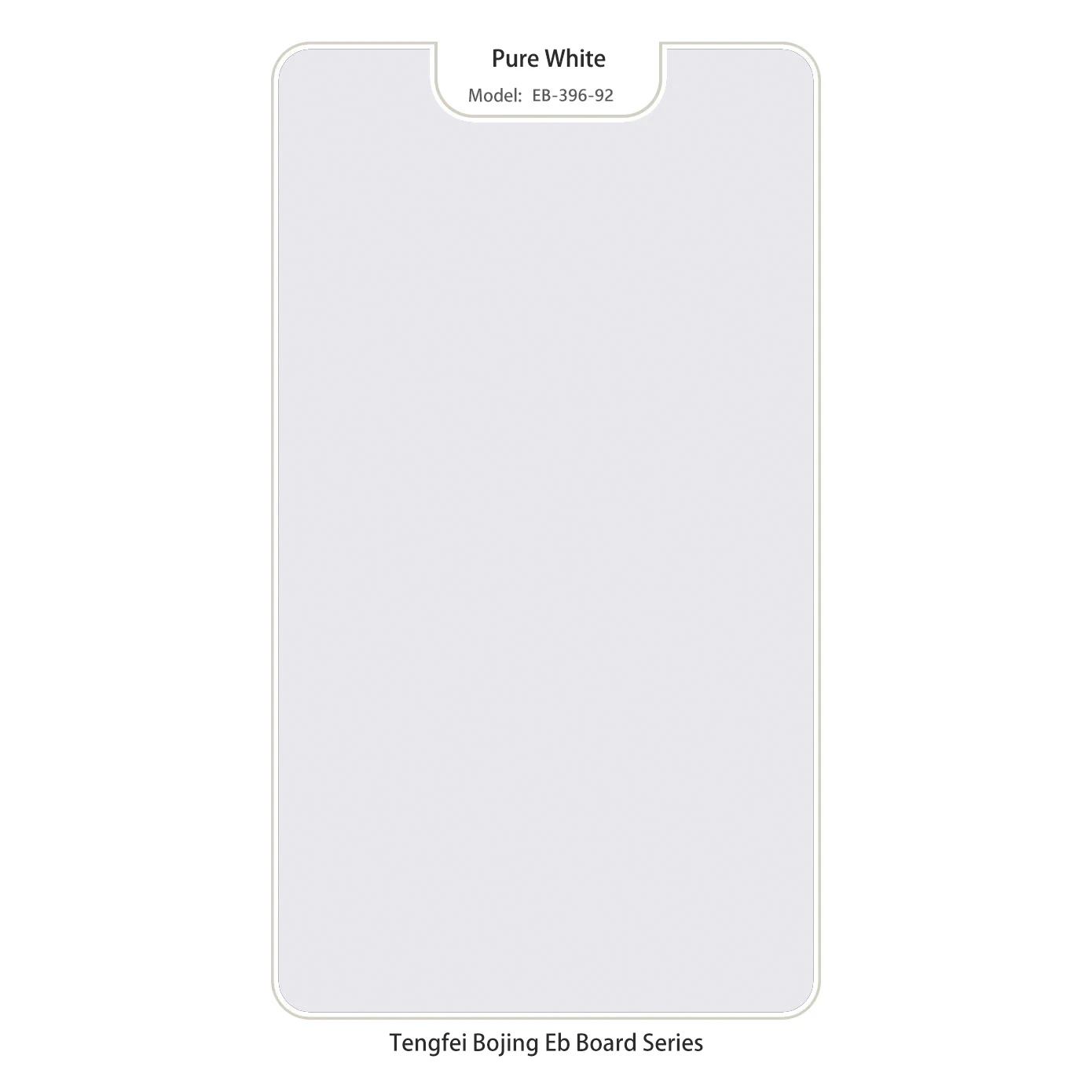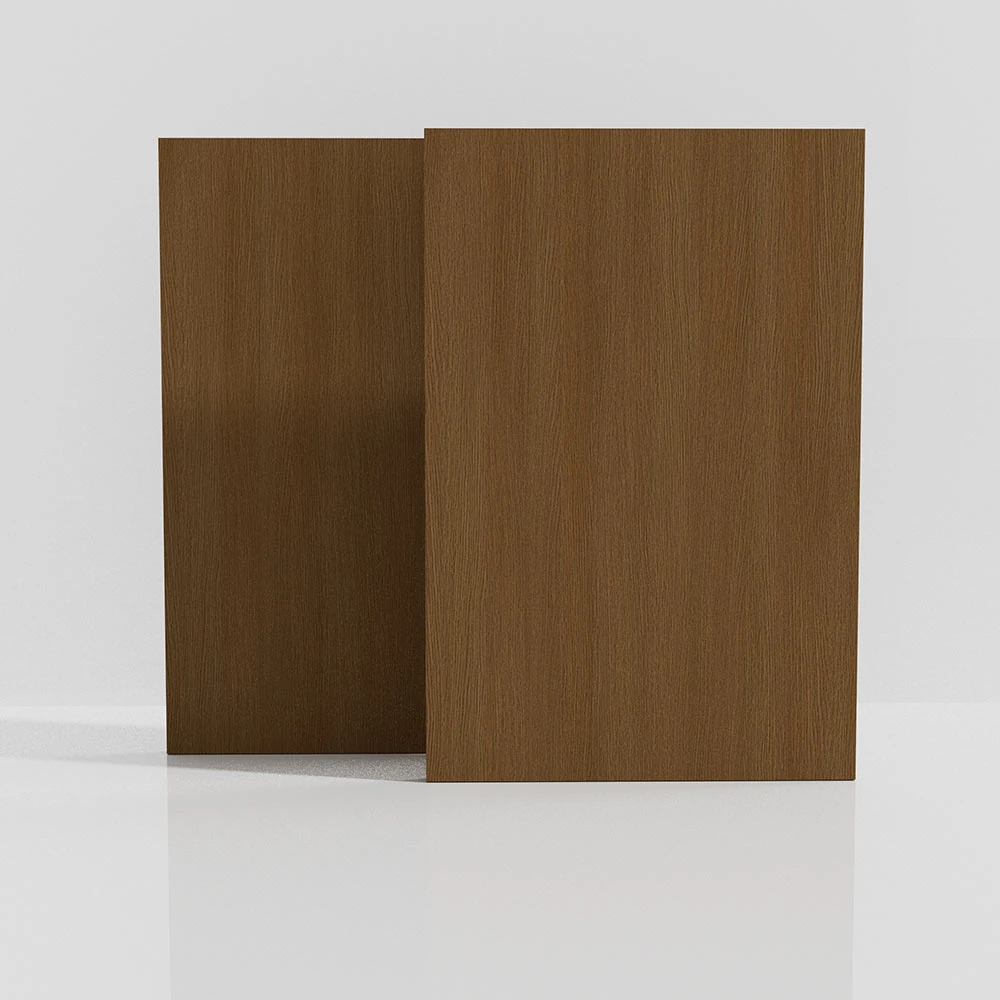Interior design and furniture manufacturing are increasingly driven by material versatility, cost-efficiency, and environmental sustainability. One material that continues to dominate both residential and commercial spaces is the Medium Density Fiberboard, or MDF. Known for its smooth surface, structural consistency, and flexibility in shaping, MDF boards are widely used for cabinetry, paneling, wall units, and more. Whether you're a craftsman, contractor, or homeowner, understanding the many facets of MDF can significantly inform your next project.
Choosing the Right Fit from a Wide Range of MDF Board Types
With countless applications in woodworking and design, it's no surprise that mdf board types cater to different structural, aesthetic, and environmental needs. Standard MDF is a go-to for general cabinetry and shelving, offering a smooth texture ideal for paint or veneer. Moisture-resistant MDF, on the other hand, is a superior choice for humid areas like kitchens or bathrooms. Fire-retardant options are also available, particularly useful for public buildings and commercial interiors where compliance with fire safety codes is non-negotiable. Understanding these variations helps ensure long-term performance and proper cost allocation in any construction or decorative project.
Strategic Savings and Bulk Access Through MDF Board Wholesale Suppliers
For businesses handling high-volume interior fabrication or construction work, sourcing from mdf board wholesale distributors can lead to substantial cost efficiencies. Wholesale suppliers often provide MDF in a variety of dimensions, finishes, and thicknesses, with pricing models suited for frequent or bulk purchases. This approach not only lowers per-unit costs but also guarantees better supply chain consistency. Working with reliable wholesalers ensures access to high-quality boards that meet industry standards, which is crucial for maintaining both safety and aesthetic expectations.
Finding Aesthetic Freedom with High-Gloss Acrylic MDF Board Options
Modern designers increasingly prefer high-gloss and reflective finishes, particularly in kitchens, living rooms, and retail environments. This demand has led to rising popularity of acrylic mdf board solutions. These boards feature a laminated acrylic surface that mimics glass while offering easier handling and increased durability. Acrylic MDF is highly resistant to scratches and stains, making it ideal for furniture fronts, wall partitions, and decorative displays. Its ability to reflect light adds dimension to any space, offering both luxury and functionality at a practical cost point.
Exploring Value and Versatility with MDF Board for Sale in Local and Online Markets
Whether you're purchasing in-store or through online platforms, tracking a good mdf board for sale can make a significant impact on your renovation budget. Local retailers often run seasonal discounts or clearance sales, particularly when introducing new inventory. Online marketplaces provide comparison tools and access to a broader selection, allowing consumers to choose based on finish, thickness, or brand reputation. For small-scale DIYers or professionals seeking convenience, these outlets offer fast delivery and competitive pricing.
Identifying the Best MDF Board for Your Custom Project Requirements
There's no one-size-fits-all approach when selecting the best mdf board. The ideal product depends on the intended use, environmental conditions, and desired finish. For instance, furniture with exposed surfaces may require veneered MDF for enhanced grain visuals, while painted elements demand smoother, more uniform cores. Professionals working on acoustic panels or speaker boxes prefer denser MDF due to its sound-dampening qualities. Evaluating these specifics ensures your selection supports both the design intent and long-term structural reliability.
How Is MDF Manufactured and What Makes It Unique?
MDF is produced by breaking down hardwood or softwood residuals into wood fibers, combining them with wax and resin, and forming panels under high temperature and pressure. Unlike plywood, MDF has no wood grain, knots, or voids, making it ideal for detailed cutting and consistent finishes.
Is MDF Environmentally Sustainable Compared to Other Wood Products?
Yes, MDF often uses recycled wood fibers and is more sustainable than cutting solid timber. Low-emission or formaldehyde-free variants are available, aligning with green building practices and contributing toward LEED certification in commercial projects.
Can MDF Be Used Outdoors or in High-Humidity Areas?
Standard MDF is not recommended for outdoor or high-moisture applications. However, moisture-resistant (MR) MDF variants are engineered specifically for bathrooms, kitchens, and other damp environments when properly sealed and coated.
MDF Board Product FAQs
Q: What’s the advantage of buying mdf board wholesale?
A: Purchasing in bulk lowers per-unit costs and ensures consistent supply for large-scale projects. It's ideal for manufacturers, contractors, and interior fit-out companies who rely on uniform materials.
Q: How do I determine the best mdf board for a specific project?
A: Assess the environment (dry, humid, fire-prone), desired finish (painted, laminated, veneered), and mechanical needs (load-bearing vs. decorative). This determines whether standard, MR, FR, or laminated MDF is suitable.
Q: Are acrylic mdf board options more expensive than traditional ones?
A: Yes, due to the premium acrylic finish and additional processing. However, the added durability, aesthetics, and stain resistance make them cost-effective over time, particularly for kitchens or showroom furniture.
Q: Where can I find reliable mdf board for sale online?
A: Many online platforms and hardware e-commerce sites offer MDF in multiple sizes and grades. Look for user reviews, return policies, and product specifications to ensure you're getting quality materials.
Q: Do different mdf board types affect paint or laminate application?
A: Absolutely. Higher-density boards with finer fibers result in smoother finishes. MR or laminated boards might require special adhesives or primers, depending on the top layer or coating technique used.



